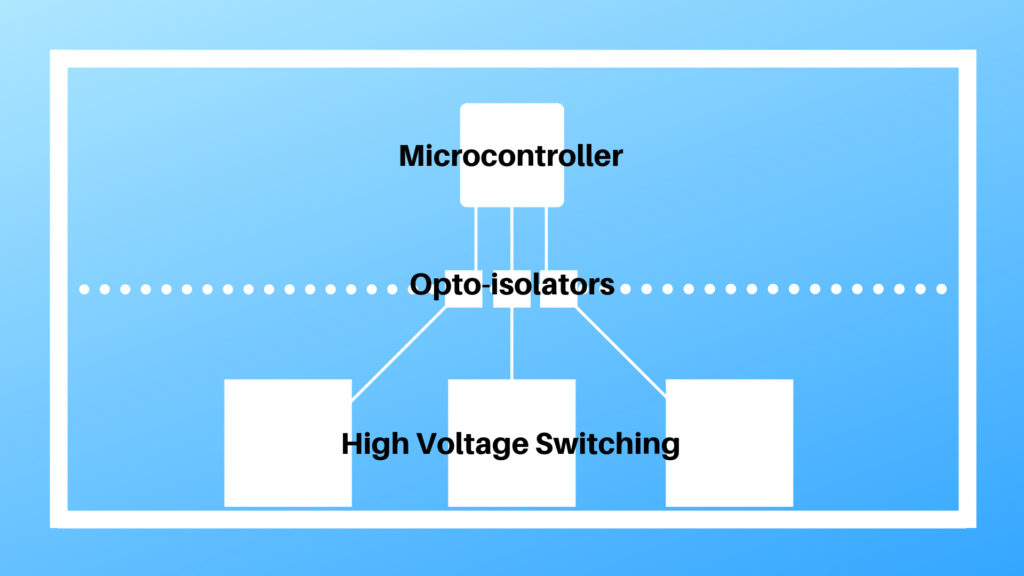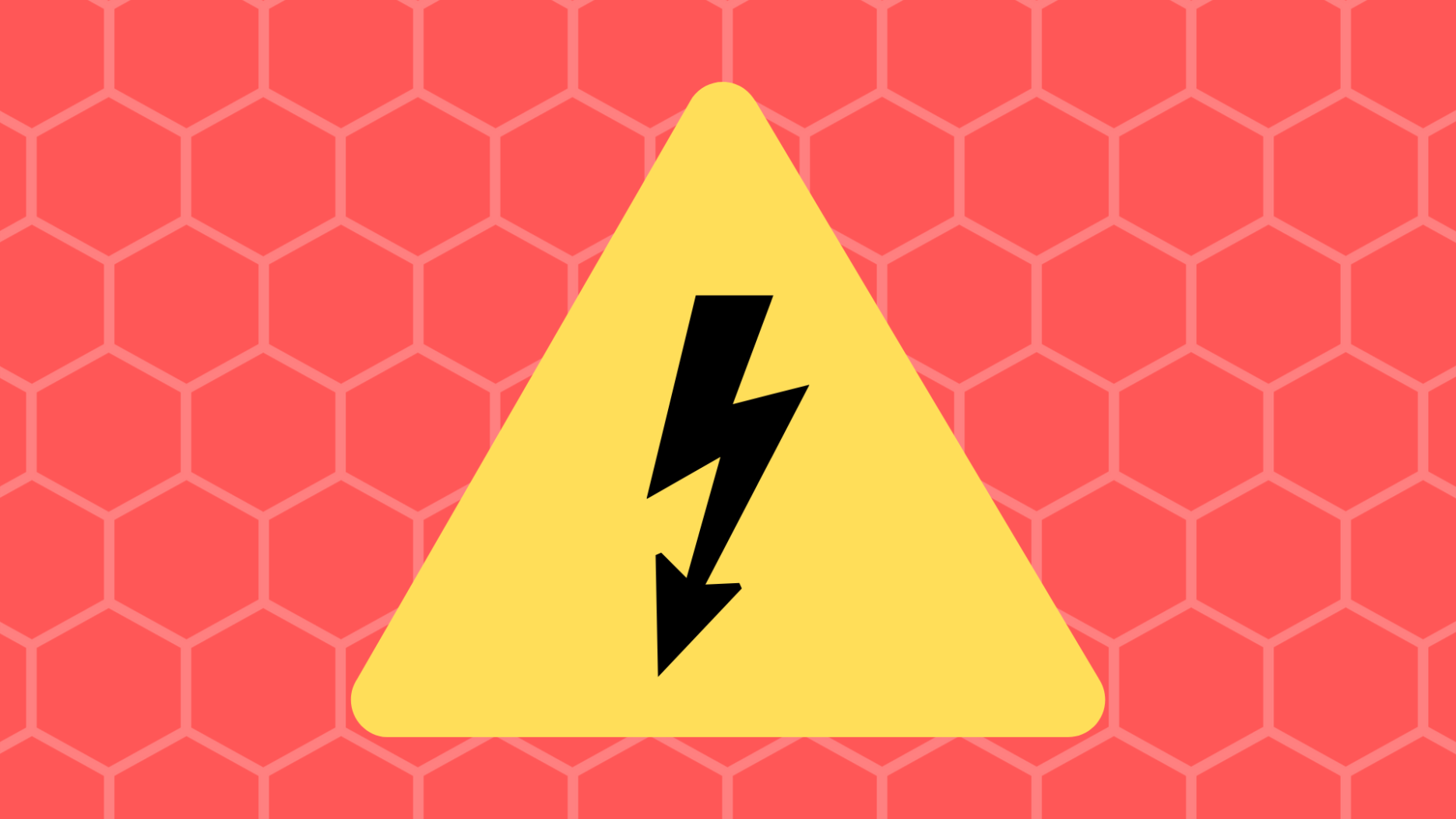October 14, 2019
I ran into a small issue this week while testing a first revision circuit board. The board itself is designed to switch high power induction motors over a CAN bus (read more about CANopen here) . This means that the low voltage DC components have to be isolated from the high voltage AC components. This is accomplished by a division in the ground plane of the board and parts like opto-isolators that transmit communication signals optically rather than electrically to isolate the two sides. This ALSO means that the AC side has a ground plane that isn’t normally at ground potential. Unfortunately for the board, I didn’t have much experience testing these kinds of designs and quickly learned about proper oscilloscope operation when making “floating” measurements.

The term “floating oscilloscope measurements” refer to probing a circuit where neither point of the measurement is at ground (or earth) potential. Average oscilloscopes cannot make these measurements due to the fact that they are designed to be referenced to earth through the third wire ground on a standard AC power plug. You can cheat and remove this prong to allow the scope to make floating measurements but it is NOT recommended by manufacturers as it both creates a shock hazard and can damage your oscilloscope over time by way of deteriorating the scope’s power transformer insulation.

The proper way to take these measurements as detailed in a Tektronix app note linked below are:
• Battery-powered oscilloscopes
• Monolithic isolation amplifiers
• Differential measurement systems
• Isolated input oscilloscopes
I inherited the scope I use from another engineer who removed this ground pin from the power cable and I’ve been using it this way for a while. Because of this modification, while I had a probe attached to earth ground on the low voltage side, I unknowingly tried take a floating measurement by “grounding” a probe on the high voltage side. This created a path to earth from the high voltage AC side to the low voltage DC side through my scope’s defeated common chassis ground between the probe connections, subsequently vaporizing capacitors, destroying ICs, and rendering the board useless!
Moral of the story: don’t defeat devices that are there to protect you or your equipment!
Tektronix app note on floating measurements: https://www.tek.com/document/technical-brief/floating-oscilloscope-measurements-and-operator-protection





